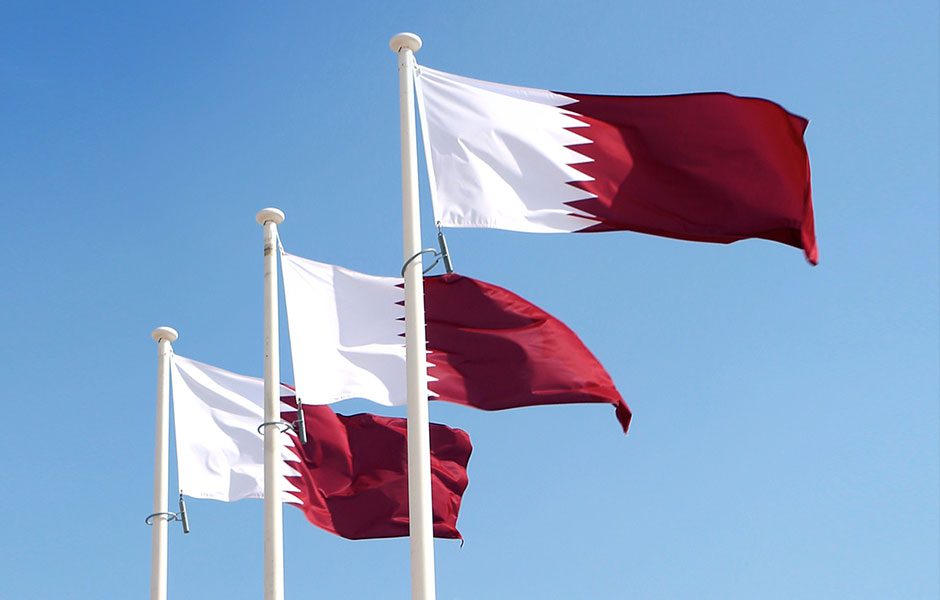
One of the world’s longest underwater internet cables has landed at Qatar’s Simaisma Beach, paving the way for faster online streaming, voice calls and other services.
State telecom provider Ooredoo Qatar is one partner in a consortium of 16 companies behind the construction of the 25,000km Asia-Africa-Europe-1 (AAE-1) cable.

When it launches later this year, residents can expect a boost in data speeds, Ooredoo Qatar’s CEO Waleed Al-Sayed pledged in a statement:
“The AAE-1 cable will provide people in Qatar with access to new, high-speed global routing, and faster, more reliable bandwidth.
As part of our vision to continually enhance the Ooredoo Supernet, we are investing in major internet infrastructure that will enable Qatar to become one of the best-connected countries.”
The AAE-1 will connect major internet hubs in 18 countries across three continents, including in Qatar, Hong Kong, Pakistan, India, Malaysia, Thailand, France, Egypt, Saudi Arabia and the UAE.
An Ooredoo spokesperson told Doha News that the company is now in the integration phase, connecting the cable to the Al-Kheesa Cable Landing Station (CLS) in Al-Daayen.
Second cable in the works
However, is not the only new undersea cable coming up in the region.
Last month, Oman (which will also benefit from AAE-1) announced the landing of a separate cable that is expected to speed up internet around the region.

Construction on the 20,000km Southeast-Middle East-Western Europe 5 (SEA-ME-WE 5) began in 2014 and is expected to be completed by year-end.
Ooredoo Qatar is also a partner on that cable’s development, but a spokesperson said that SEA-ME-WE 5 has not yet landed here.
Internet-hungry
Telecom providers have been working at a frantic pace to strengthen the reliability and speed of internet connections in the Gulf.
Less than a decade ago, the region was far more vulnerable to outages when the few existing cable networks around were damaged.
In 2008 for example, users across the Gulf were knocked offline after several high-speed internet underwater cables became damaged in three separate instances over the period of two weeks.
And only last month, Ooredoo’s internet went down across Qatar for a few hours, a problem that the provider blamed on an “issue with an international link.”

In its statement this week, Ooredoo said the AAE-1 would “provide additional protection and diversity to the world’s heavily-congested cable systems, ensuring that companies and individuals suffer less from bottlenecks or disruption caused by cable breaks.”
The new cables also aim to boost data speeds, gaining plaudits from analysts.
Great to see the #AAE1 Cable landing across the the GCC now. With it, 40 terabits of capacity from SE Asia through the gulf to Europe. 1/3
— Jono Haysom (@JonoH) July 17, 2016
It will be a boon for not only lower latency (better load times for applications) but will also bring extra capacity to the region 2/3
— Jono Haysom (@JonoH) July 17, 2016
This will prove particularly helpful in Qatar, which is one of the most internet-hungry countries in the region.
Last year, a UN study found residents were more connected to the internet than almost any other country in the world, with 98 percent of households online.
Thoughts?







